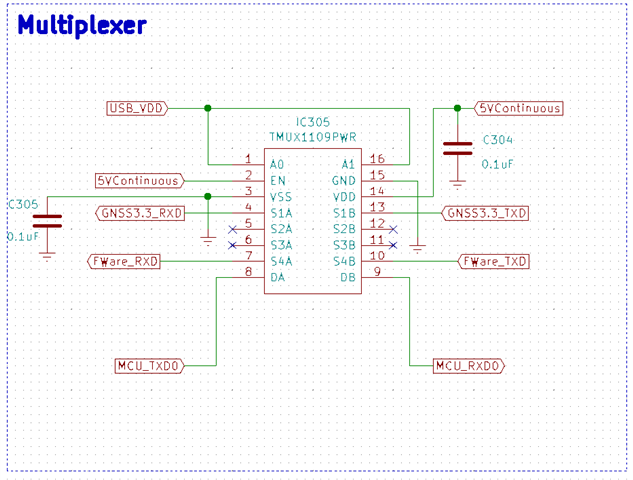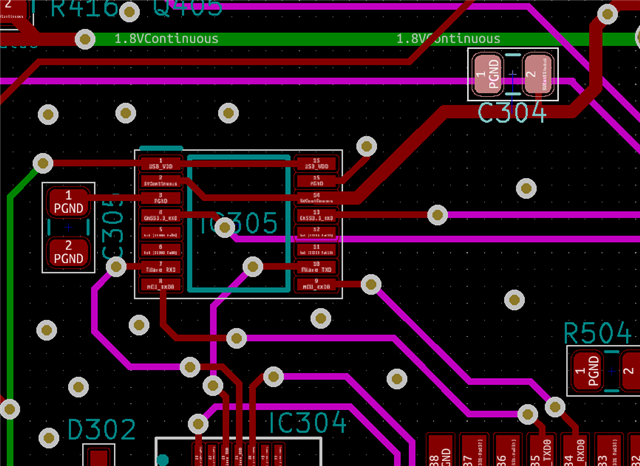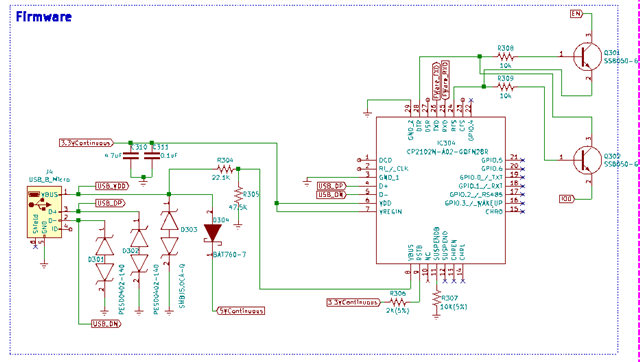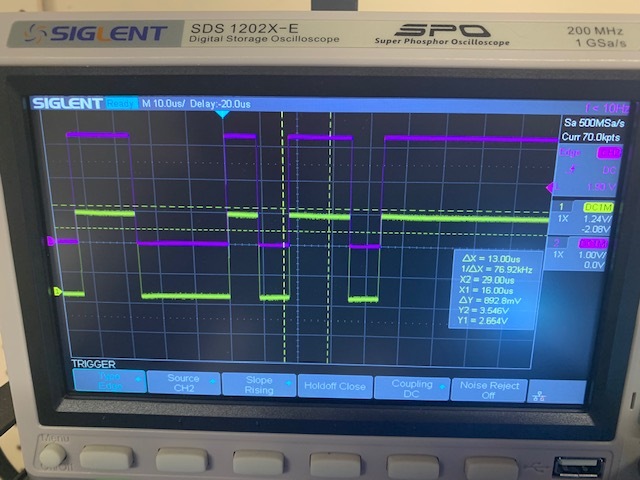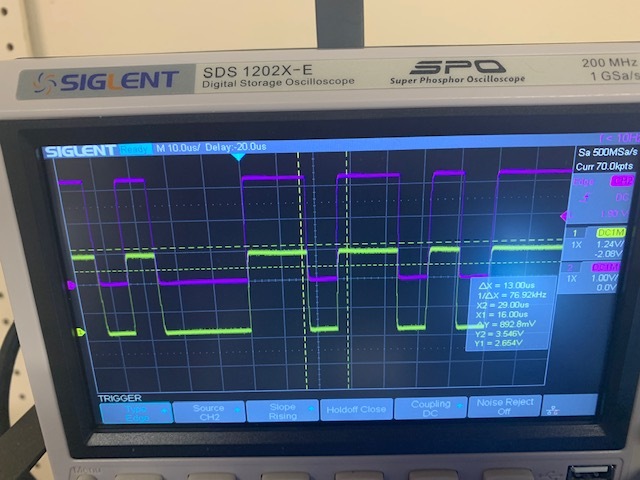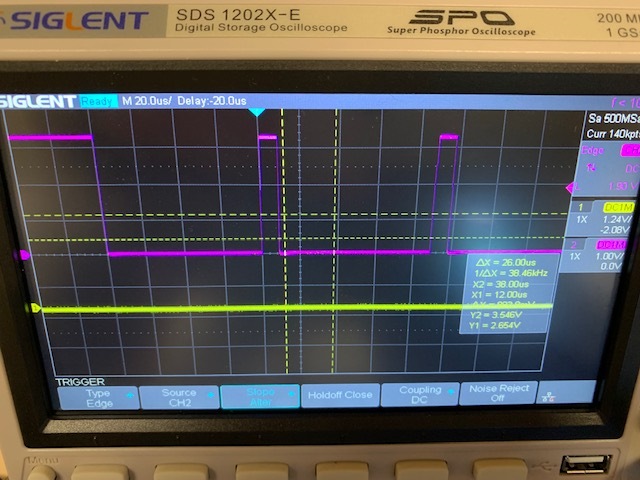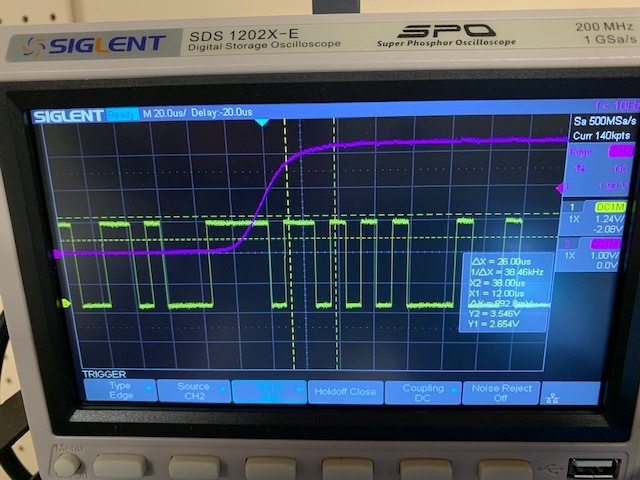Other Parts Discussed in Thread: TMUX7219,
I am using this 4-channel multiplexer to switch my UART connection to an MC upon insertion of a USB for firmware uploads. Previously I was using two distinct 1 channel multiplexers but decided to consolidate the design to use just one.
I am just testing out the PCB and noticed that I cannot perform a firmware upload. My PC is recognizing the UART bridge chip but cannot connect to the MC. My thinking is it is likely that either the application of the multiplexer circuit is incorrect or my MC is dead on arrival. I have seen the latter before, but if someone could take a second look at the multiplexer circuit and let me know if they see anything crazy that would be awesome.
